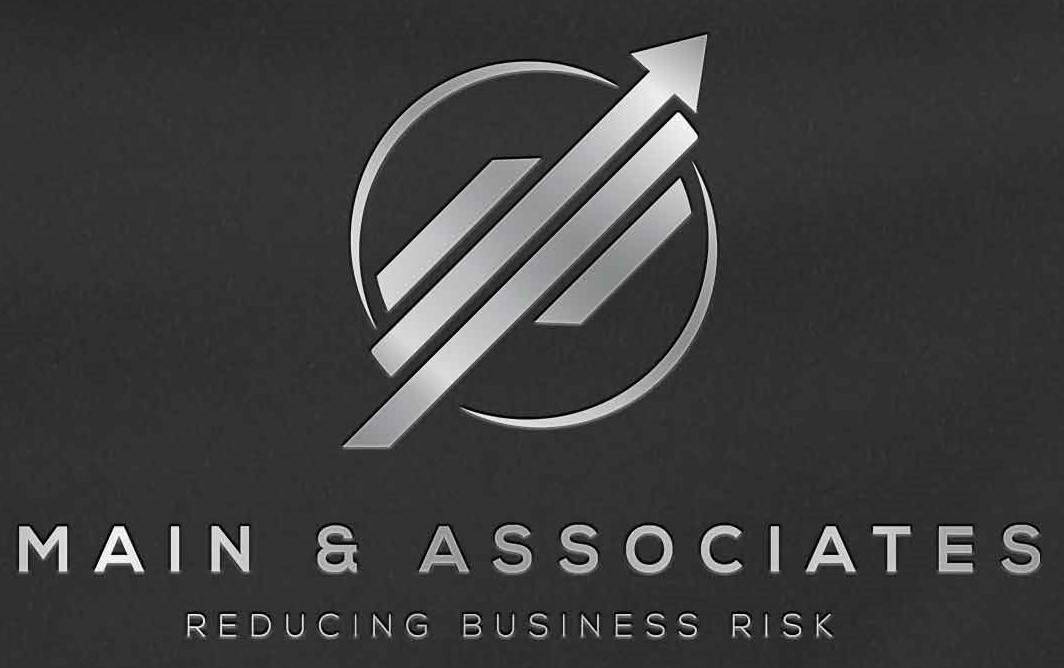SafeSystem can come in at any step of the incident investigation process, depending on your business’s needs. However, we are typically most impactful starting at Step 2: Data Collection and playing a pivotal role through Step 3: Root Cause Analysis and Step 4: Corrective Actions and Reporting. Here’s how we contribute:
Step 2: Data Collection
How SafeSystem Helps:
We bring expertise in gathering comprehensive and unbiased evidence.
Our consultants conduct professional witness interviews to ensure critical details aren’t missed.
We utilize advanced tools to document the incident scene (e.g., digital photography, mapping, and condition assessments).
We review policies, procedures, and historical data to identify systemic issues.
Why It’s Valuable:
Having a third party like SafeSystem ensures objectivity and thoroughness. We identify not just what’s visible but what may be overlooked due to familiarity with the workplace.
Step 3: Root Cause Analysis
How SafeSystem Helps:
We facilitate expert-led analysis using proven methodologies like the 5 Whys or fishbone diagrams.
Our team identifies not just immediate causes but the deeper, systemic issues that led to the incident.
We provide insights into industry best practices and benchmarks to contextualize findings.
Why It’s Valuable:
Root cause analysis is where experience matters most. SafeSystem ensures the analysis goes beyond the obvious to uncover actionable insights that lead to meaningful change.
Step 4: Corrective Actions and Reporting
How SafeSystem Helps:
We draft clear, comprehensive reports that comply with regulatory requirements and are easy to understand.
Our team collaborates with you to design and implement effective corrective actions, such as process updates, training programs, or equipment modifications.
We assist in creating follow-up plans to monitor the success of corrective measures.
Why It’s Valuable:
Our expertise in safety systems ensures that solutions are not just reactive but proactive, enhancing long-term workplace safety. We also make the reporting process stress-free, ensuring compliance with laws and standards.
Flexible Involvement
If your business requires assistance during the Immediate Response (Step 1)—for example, securing the scene or handling initial regulatory notifications—SafeSystem can guide you remotely or deploy a team to support on-site.
By integrating SafeSystem into your incident investigation process, you gain expert support to handle challenges efficiently and turn every incident into an opportunity for improvement.

